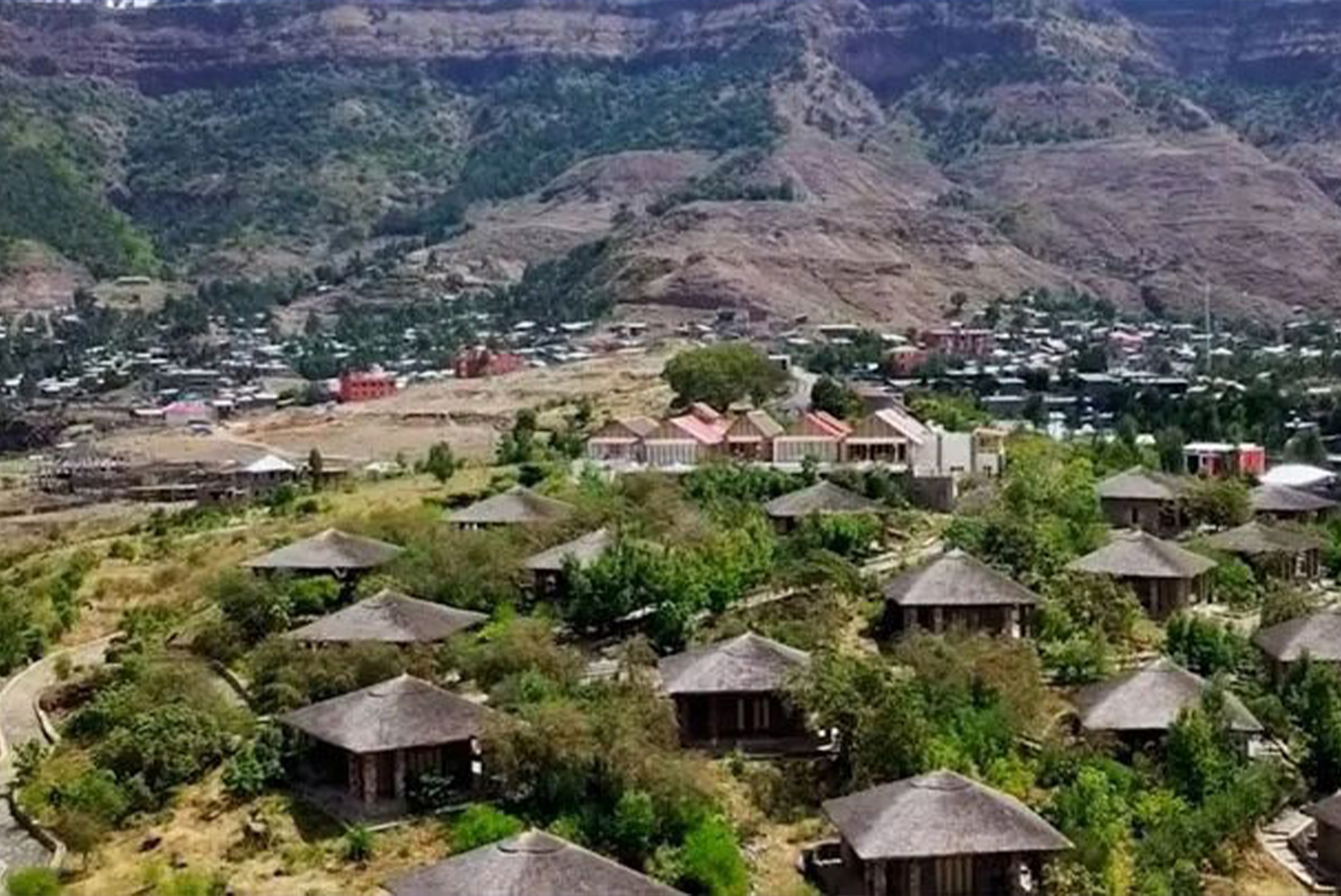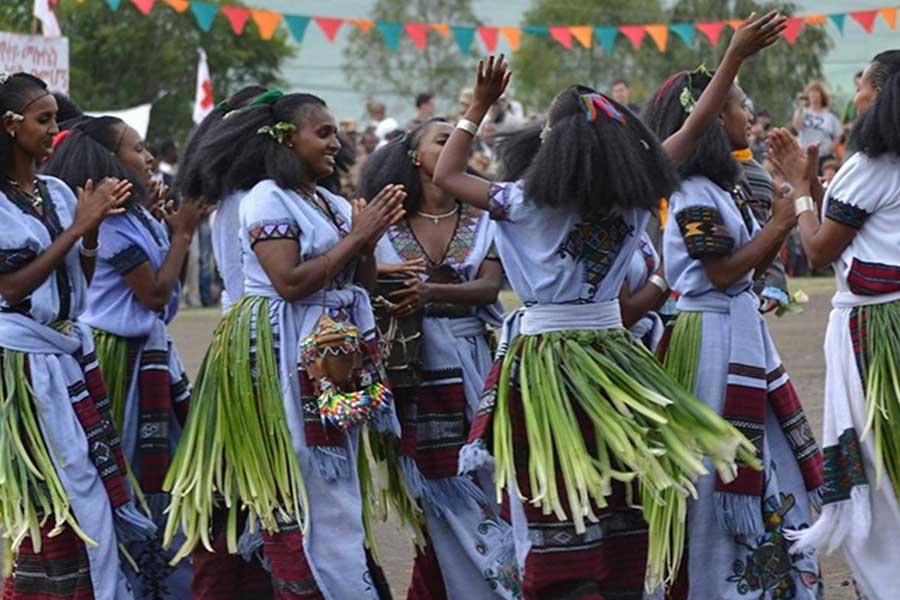
My Opinion | Jul 08,2023

Xinjiang Uygur Autonomous Region of China covers an area of 1.66 million square Kilometers, with a population of 17 million. It has very rich tourism resources and has great potential for developing the tourism industry.
Xinjiang has rich tourism resources, vast both in quantity and variety, with high levels, large capacities and complete functions, thus promising a good prospect. In Xinjiang, one finds all the driest, hottest and coldest places in China. It also has China's longest continental river, lowest lowland, largest inland lake and largest desert. One can see in Xinjiang wold famous Yadan landforms, stone mushrooms formed by wind erosion, caves, limestone towers, as well as natural spectacular views as desert images and ringing sand. In addition, Xinjiang has many rare desert animals and plants.
The land of Xinjiang is very different in its the altitude, from the Turpan Aiding lake, the world's lowest land second only to the Dead sea in Jorkan, to the Qiao geli peak, the world's highest mountain second only to the Everest, with the difference between the two places being 8765 meters! With such a widely different natural view, Xinjiang is reputed as a place of "four seasons in a single mountain and two climates within dozens of miles". Xingjiang's mountain area accounts for 4490 of its total area. It has numerous continent rivers and mountain lakes, along with countless hot springs, air fountains, and glaciers. On the top of a mountain, there come clearly into view desert oases, the hill in the wilderness, grassland and forest, snow-covered mountains, lakes and basins, and so on. The vast stretches of grassland are covered with colourful wildflowers, cattle and sheep, as well as picturesque landscapes.
The historical tourist resources in Xinjiang boast unique charm. The Silk Road across the territory is famous worldwide. There are 236 sites in Xinjiang that are worth studying as historical, art or scientific legacies. They include ancient cultural ruins, ancient tombs, ancient caves and temples such as the Thousand-Buddha Cave, stone carvings, art modern memorials, 10 of which have been rated as key national cultural relics under protection. There are also 16 thousand-Buddha cave sites, with more than 550 caves being fundamentally intact. Besides, there are several thousand cultural relics and 22 natural reserves. The discovery of Altay corridor of rock paintings, dinosaur fossils in Junggar and monstrous lizard has drawn the attention of experts and scholars both at home and abroad.
Xinjiang is a multi-national region, the daily lifestyle, culture and art folk custom and festivals of all nationalities have strong local national characteristics. Minority nationalities since ancient time are famous for their singing and dancing and these unique songs and dances are the most attractive tourism resources of Xinjiang. Xinjing has enjoyed the fame of hometown of fruits and melons, the home town of horses, country of gold and jade and kingdom of carpet from ancient time. These are the reasons why Xinjiang being loved so much by so many tourists. Xinjiang has long boundary lines and many ports, is the province bordered with most neighbouring countries, longest boundary lines, most land ports opened to the outside, and best land port for the inbound tour in China. Xinjiang keeps a good relationship with central and west Asia peoples, so it is very attractive for tourists both from home and abroad.
Spotless packaging lines are in full operation at a Xinjiang Fruits Products Group factory in Urumqi. Dried dates, walnuts and raisins produced in Xinjiang are sold across the country and overseas.
Thriving fruit, grain, cotton and animal husbandry industries make Xinjiang the main agricultural region in China. It is the country's largest cotton production base.
The tourism, trade and manufacturing industries are also booming in the region. From January to August, Xinjiang received about 150 million tourists, close to the full-year figure for 2018. The region is expected to welcome over 200 million tourists this year, said Erkin Tuniyaz, vice-chairman of Xinjiang.
Xinjiang's GDP, which was 791 million yuan in 1952, soared to 1.2 trillion yuan last year, with the annual growth rate averaging 8.3 percent. Per capita GDP was 49,000 yuan ($6,879) last year, representing yearly growth of 5.7 percent since 1952.
Since 2014, Xinjiang has seen 2,451 westbound trains, reaching out to 26 cities in 19 countries, exporting mechanical parts and laptops while importing products such as wine and grain. Xinjiang's foreign trade volume last year was $20 billion, 1,481 times the figure in 1950.
"Xinjiang plays an irreplaceable role in building the Silk Road Economic Belt," President Xi said. "It must seize this historic opportunity and integrate the regional opening-up strategy into the country's efforts to build the Silk Road Economic Belt, and open up to the west."
[ratemypost]
My Opinion | Jul 08,2023

My Opinion | Jan 13,2024

Radar | Sep 28,2019

Fortune News | May 11,2019

Fortune News | Jul 27,2025

Commentaries | Jan 05,2019

Commentaries | Apr 10,2021

My Opinion | Jun 21,2025

Viewpoints | May 24,2025

Fortune News | Mar 05,2022

Dec 22 , 2024 . By TIZITA SHEWAFERAW
Charged with transforming colossal state-owned enterprises into modern and competitiv...

Aug 18 , 2024 . By AKSAH ITALO
Although predictable Yonas Zerihun's job in the ride-hailing service is not immune to...

Jul 28 , 2024 . By TIZITA SHEWAFERAW
Unhabitual, perhaps too many, Samuel Gebreyohannes, 38, used to occasionally enjoy a couple of beers at breakfast. However, he recently swit...

Jul 13 , 2024 . By AKSAH ITALO
Investors who rely on tractors, trucks, and field vehicles for commuting, transporting commodities, and f...

Oct 25 , 2025
The regulatory machinery is on overdrive. In only two years, no fewer than 35 new pro...

Oct 18 , 2025
The political establishment, notably the ruling party and its top brass, has become p...

Oct 11 , 2025
Ladislas Farago, a roving Associated Press (AP) correspondent, arrived in Ethiopia in...

Oct 4 , 2025
Eyob Tekalegn (PhD) had been in the Governor's chair for only weeks when, on Septembe...